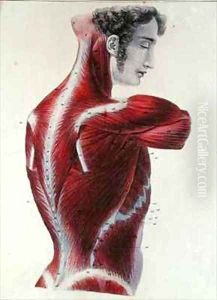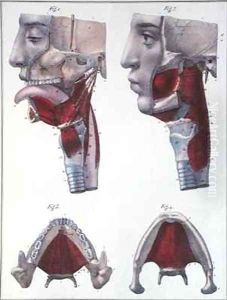Feillet Paintings
Pierre Jacques Feillet, born in 1815 and passing in 1891, was a French artist whose work spans across various mediums but is particularly noted for his skills in painting and engraving. Feillet's contributions to art are marked by his keen observation and ability to capture the essence of his subjects, often reflecting the romantic and picturesque qualities of his era.
Feillet's artistic journey began in Paris, where he was born and later trained. He was part of the vibrant French art scene of the 19th century, a period that was characterized by rapid changes in society, technology, and the arts. During this time, the romantic movement was giving way to realism and later, impressionism. Feillet, however, managed to carve out his own niche, blending the romantic fascination with nature and historical subjects with a more personal and introspective approach.
Throughout his career, Feillet traveled extensively, drawing inspiration from the diverse landscapes and cultures he encountered. These travels not only expanded his thematic repertoire but also influenced his technique and choice of subjects. His works often depict scenes from the French countryside, the rugged coastlines of Brittany, and the historic architecture of Europe, rendered with a sensitivity to light and atmosphere that reveals his deep appreciation for his surroundings.
Feillet's engravings and paintings were well-received in his time, earning him recognition and respect among his peers. His ability to capture detail and mood made his works popular with both collectors and the general public. Despite the acclaim, Feillet remained dedicated to his craft, always striving to refine his skills and explore new artistic possibilities.
After his death in 1891, Pierre Jacques Feillet's work continued to be celebrated for its beauty and technical proficiency. Today, he is remembered as a talented and versatile artist who contributed significantly to the French art scene of the 19th century. His works are preserved in museums and private collections, where they continue to be admired for their elegance and artistic merit.


